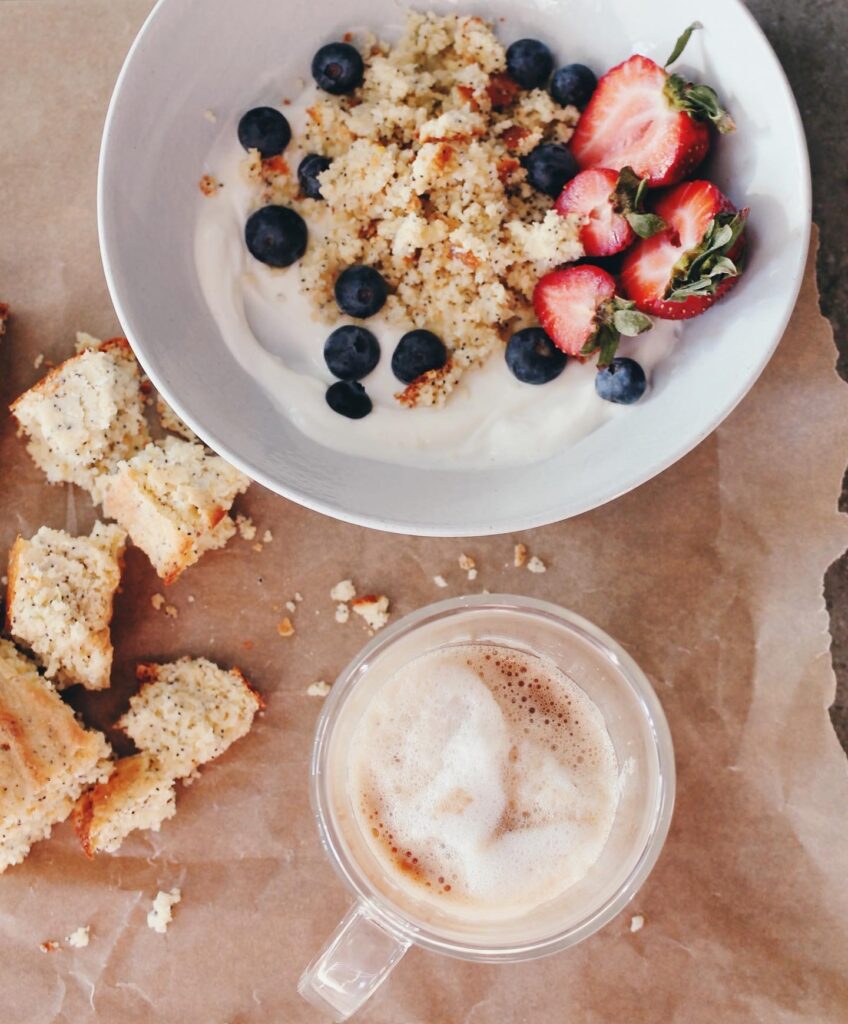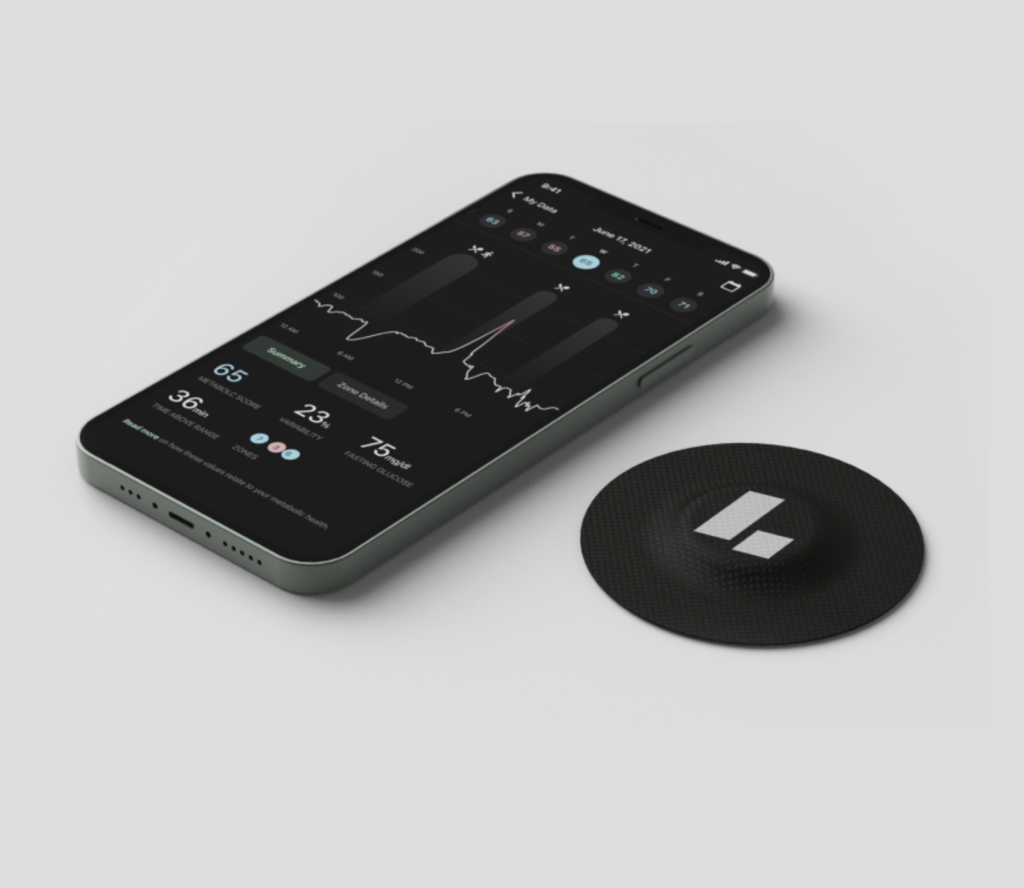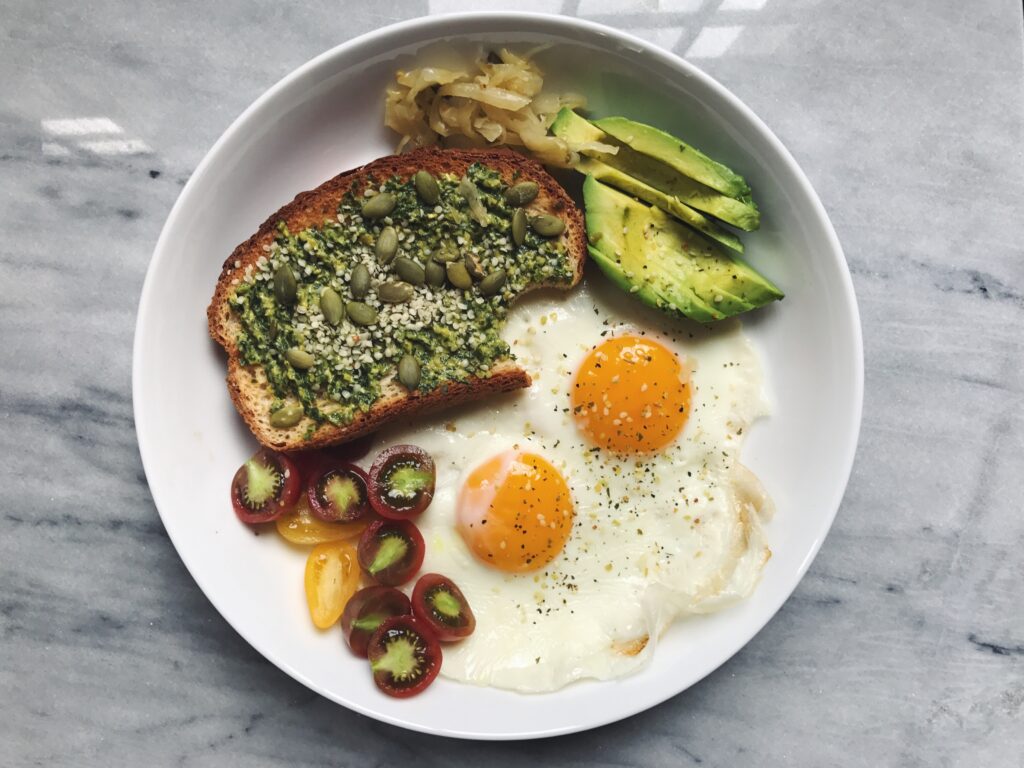Carbs—they get a bad rap. Like many women, I’ve had a tumultuous relationship with them. It wasn’t until my late-20s that I finally said enough is enough. I waved goodbye to fear-mongering and diet culture. Among other changes, I started eating more carbohydrates. Not long after, my entire wellbeing shifted. I regained my menstrual cycle, improved my sleep, and found joy in eating for pleasure. Moral of the story: we need carbohydrates—especially as women. Carbs fuel metabolic processes, support hormone health, and provide necessary energy. We also need them for fertility. Most of the time, we want to prioritize nutrient-dense carbohydrates (i.e. 100% whole grains and starchy vegetables). These are rich essential nutrients and balance blood sugar. When it comes to hormone health, when is the best time to eat carbs on your cycle? There’s never a wrong time! Carbs are essential. However, the body is better at metabolizing them during a certain part of your menstrual cycle. Let’s dig in.

4 Phases of the Menstrual cycle
Before we dive into when is the best time to eat carbs on your cycle, let’s cover the basics. Each month—during the years between puberty and menopause—a woman’s body goes through a number of changes. This series of hormone-driven events = the menstrual cycle. During each menstrual cycle, an egg develops and is released from the ovaries. The lining of the uterus builds up. If a pregnancy doesn’t happen, the uterine lining sheds during a menstrual period. Thus, the cycle starts again. The length of each phase can differ from woman to woman, and it can change over time. Just like the seasons, a woman’s menstrual cycle has four distinct phases: menstrual, follicular, ovulatory, and luteal.
• menstrual: the start of your period
• follicular: 7-10 days leading up to ovulation
• ovulatory: 3-5 days of ovulation
• luteal: 10-14 days before your period
Keep in mind that every woman’s cycle is different, so your phases may have varying lengths.
how does the menstrual cycle affect blood sugar?
If you’re a long-time reader, you know I’m very passionate about blood sugar. Maintaining stable blood sugar is key for hormone health, longevity, sleep quality, energy, and keeping chronic illnesses at bay. It helped put my PCOS in remission. Luckily, keeping blood sugar balanced isn’t rocket science. That said, our ever-changing hormones make it a bit more nuanced. As women, our hormones are constantly shifting— and hormones impact blood sugar. It’s most noticeable during the ovulatory phase. This is because your levels of LH, FSH, and estrogen all rise, in preparation to ovulate. This causes a brief but notable spike in blood sugar (typically, days 11-14 of your cycle). If you’re using a continuous blood glucose monitor, you will likely notice elevated blood sugar levels for about 2-3 days.

When Is the best time to eat carbs on your cycle?
The follicular phase! Studies show that most women have much higher carbohydrate tolerance in the first half of their cycle. Said differently: the follicular phase (days 0-14), is a more ideal time to lean into carb cravings. In essence, carbs have less impact on blood sugar from menstruation through ovulation. Whether that be a bowl of pasta at your favorite Italian restaurant or a weekend croissant at your local coffee shop, enjoy! Research indicates that estrogen—which is higher in the first half of the cycle—helps keep insulin resistance at bay. But post-ovulation, when estrogen decreases and progesterone is on the rise, the opposite occurs: insulin sensitivity decreases. For those with PCOS or other blood sugar regulation conditions, it’s best to minimize an overload of simple sugars during the luteal phase. This, in turn, will minimize blood sugar spikes. When in doubt, create a balanced plate. Pair your carbohydrates with protein and healthy fats.

hunger mirrors levels of progesterone
Although you may feel less hungry during the follicular phase, your body is better at metabolizing carbohydrates during this time. Meaning, it uses carbohydrates more effectively for sustained energy. In turn, the body keeps blood sugar balanced with less insulin. It’s a win-win. So, why is hunger lower in the follicular phase? This is because hunger mirrors levels of progesterone, and progesterone is lower in the follicular phase. On the flip side, progesterone is at its highest in the luteal phase (you need more calories in the second half of your cycle!). At the end of the day, honoring hunger is always important—regardless of which phase you’re in. You need adequate fuel to menstruate and ovulate.
Not sure if you’re eating enough? Check out my guide, here.

This article is for informational purposes only. It is not, nor is it intended to be, a substitute for professional medical advice, diagnosis, or treatment and we recommend that you always consult with your healthcare provider.



Leave a Reply